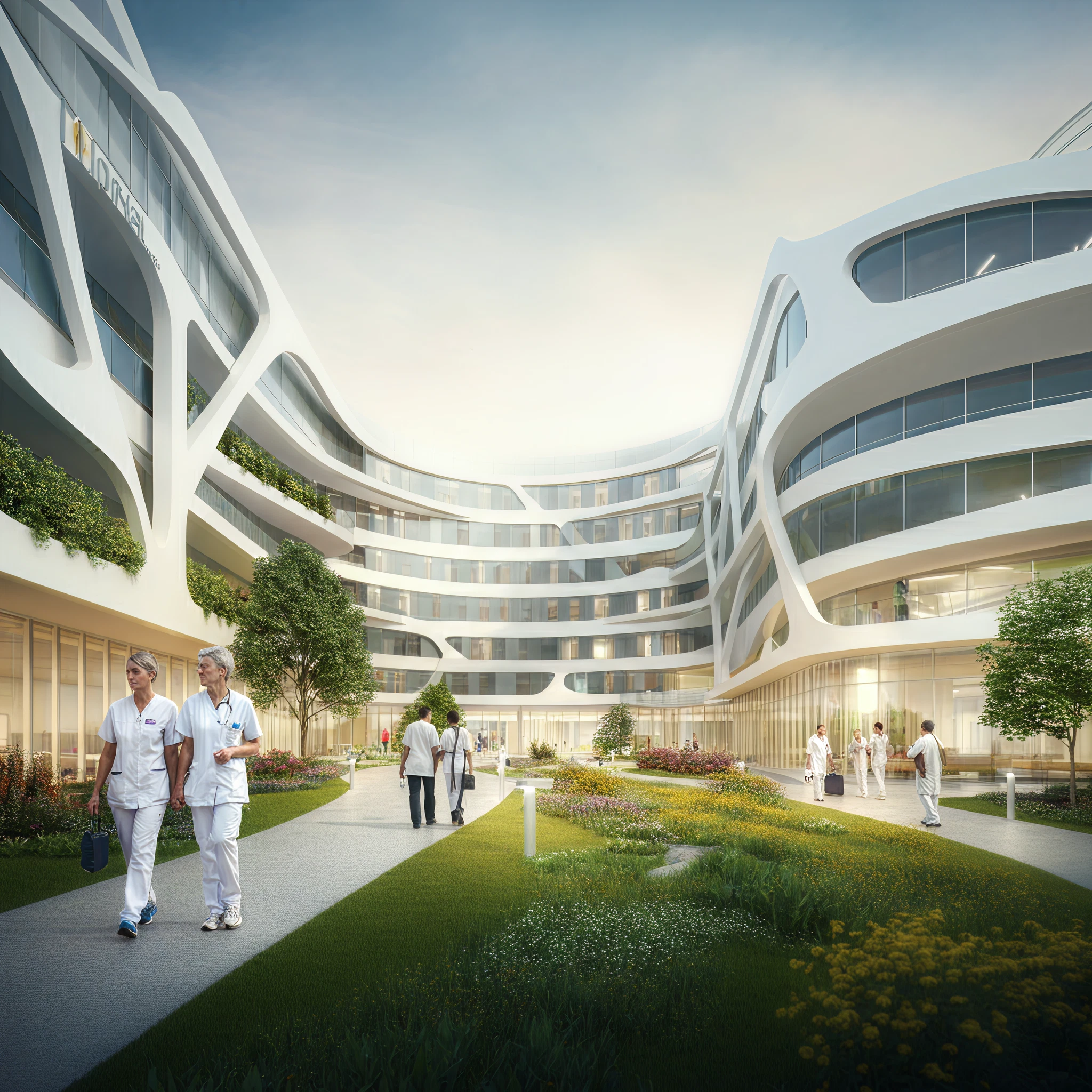Medical infrastructure and accessibility are vital pillars of any healthcare system. They determine how well a region can provide essential healthcare services, respond to crises, and support overall community well-being. While advancements in medical technology continue to thrive, disparities in infrastructure and accessibility persist in different parts of the world. This article examines medical infrastructure and accessibility in the United States, Sub-Saharan Africa, and India, highlighting the challenges and opportunities for improving healthcare systems.
What is Medical Infrastructure and Accessibility?
Medical infrastructure refers to the physical and organizational structures needed to deliver healthcare services, including hospitals, clinics, diagnostic centers, laboratories, medical equipment, and supply chains for medications. Accessibility, on the other hand, pertains to whether people can easily obtain these health services, factoring in distance, financial barriers, and quality of care.
Access to robust medical infrastructure is not only necessary to save lives but also plays a critical role in enhancing the quality of life. For equitable and efficient healthcare, regions must address gaps in both infrastructure and accessibility to reduce inequalities.
Medical Infrastructure and Accessibility in the United States
The United States possesses some of the most advanced medical infrastructure globally, boasting state-of-the-art hospitals, skilled healthcare professionals, and cutting-edge research. However, accessibility remains a significant concern.
Challenges:
- Rural-Urban Divide: Many rural areas in the U.S. lack adequate hospitals, specialist doctors, and emergency care services, making it difficult for residents to access timely care.
- Cost Barrier: The high cost of healthcare in the U.S. creates accessibility challenges, even for those with insurance. Rising premiums and out-of-pocket expenses discourage many from seeking treatment even when they need it.
- Health Disparities: Communities of color and socio-economically disadvantaged populations often face worse healthcare outcomes due to lack of localized infrastructure and systemic health inequality.
Opportunities:
- Telemedicine Expansion: Digital solutions like telemedicine and online consultations are bridging the accessibility gap, especially in rural and underserved communities.
- Policy Reform: Proposals for universal healthcare systems aim to reduce financial barriers and make quality healthcare accessible to all U.S. residents.
Medical Infrastructure and Accessibility in Sub-Saharan Africa
Sub-Saharan Africa faces critical healthcare challenges owing to limited medical infrastructure and barriers to accessibility. Despite efforts to improve the situation, the region’s healthcare remains underfunded and overstretched.
Challenges:
- Lack of Facilities: Many communities rely on healthcare facilities that are often under-resourced and far from residential areas, leading to delays in obtaining care.
- Shortage of Healthcare Workers: Sub-Saharan Africa suffers from some of the lowest doctor-to-patient ratios in the world, causing an overburdened workforce and long wait times.
- Outdated Equipment: Aging medical equipment and limited diagnostic tools hinder the ability to provide quality care.
- Epidemic Vulnerability: Outbreaks of infectious diseases such as Ebola expose the fragility of the region’s healthcare systems.
Opportunities:
- Global Support: Organizations like the World Health Organization (WHO) and international NGOs are investing in building hospitals and training medical professionals.
- Mobile Health Services: Mobile clinics and health apps are being introduced to reach remote populations, providing vaccinations, maternal care, and diagnostic services.
- Public-Private Partnerships: Partnering with private organizations can help improve health infrastructure through investments and innovative funding models.
Medical Infrastructure and Accessibility in India
India, a rapidly developing nation, has made significant strides in healthcare infrastructure but still grapples with challenges of accessibility and disparity, especially in rural areas.
Challenges:
- Urban-Rural Divide: Despite improvements in metro cities, rural regions still face poor access to advanced healthcare facilities, with many having to travel miles for basic medical services.
- Overcrowded Public Hospitals: India’s public healthcare system is overstretched, with limited resources available to manage the large population.
- Financial Constraints: Although India offers some of the most affordable healthcare services, a substantial percentage of the population pays out-of-pocket costs, as insurance penetration remains limited.
Opportunities:
- Government Initiatives: Programs such as Ayushman Bharat, India’s flagship public health insurance scheme, aim to provide free healthcare to low-income families.
- Digital Healthcare Innovations: India is leveraging its growing tech sector to develop telemedicine platforms like eSanjeevani, which connect rural patients to urban specialists.
- Private Sector Investments: Increased involvement of private healthcare providers in remote areas is improving infrastructure and quality of care.
The Path Forward
Improving medical infrastructure and accessibility requires collaboration between governments, private sectors, and global organizations. Here are some ways to address this challenge globally:
- Investment in Infrastructure: Increasing funding for hospitals, diagnostic tools, and healthcare equipment ensures better service delivery.
- Training Healthcare Workers: Investing in medical education and skills training can help close the healthcare worker gap.
- Technology Integration: Telemedicine, AI diagnostics, and mobile health applications can improve both infrastructure and access, making healthcare services available to even the most remote populations.
- Health Equity Policies: Prioritizing underrepresented populations and reducing cost barriers will lead to more inclusive healthcare systems.
A Collective Responsibility
Creating equitable medical infrastructure and ensuring accessibility is a collective responsibility. Policymakers, healthcare professionals, and community leaders must drive sustainable solutions to overcome current barriers. Whether it’s adopting innovative technology, enhancing training programs, or fostering international partnerships, meaningful progress is achievable.
Healthcare is a universal right, and as we bridge the gaps in infrastructure and accessibility, we bring the promise of better health closer to everyone.








